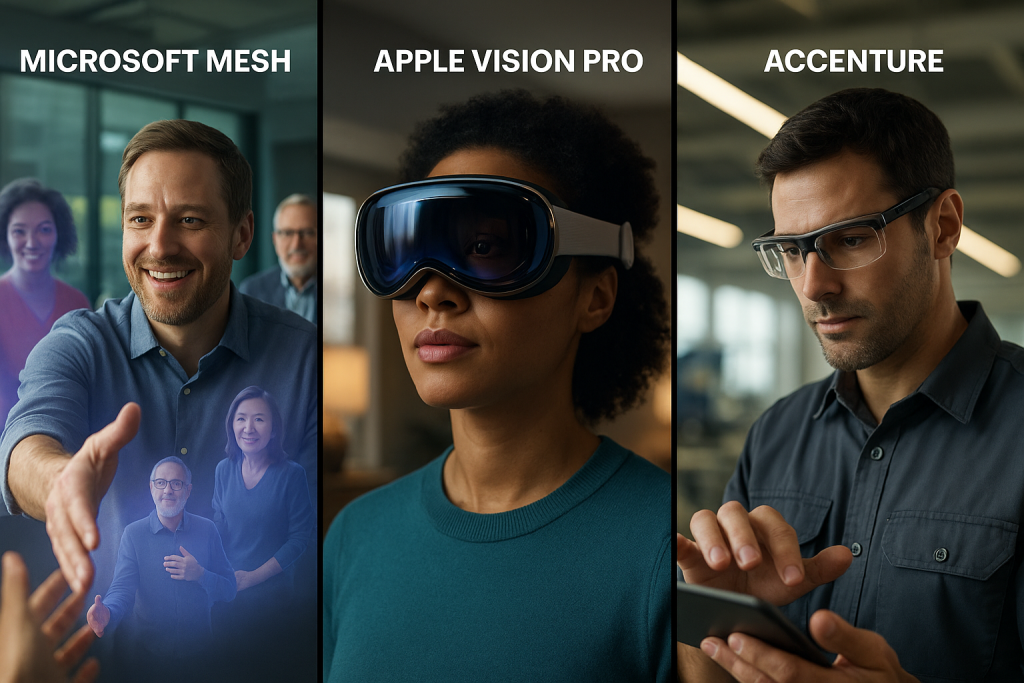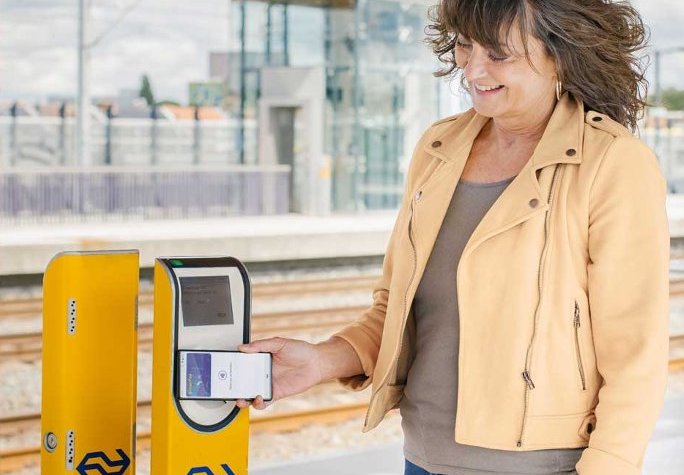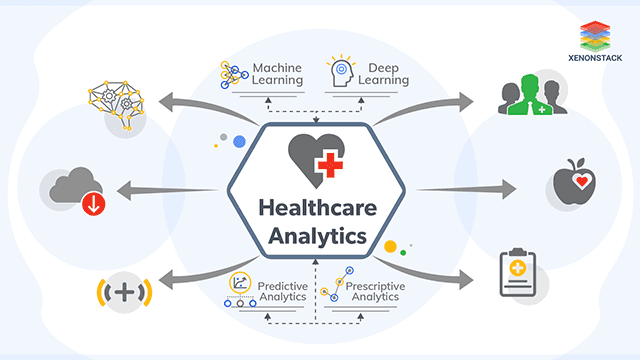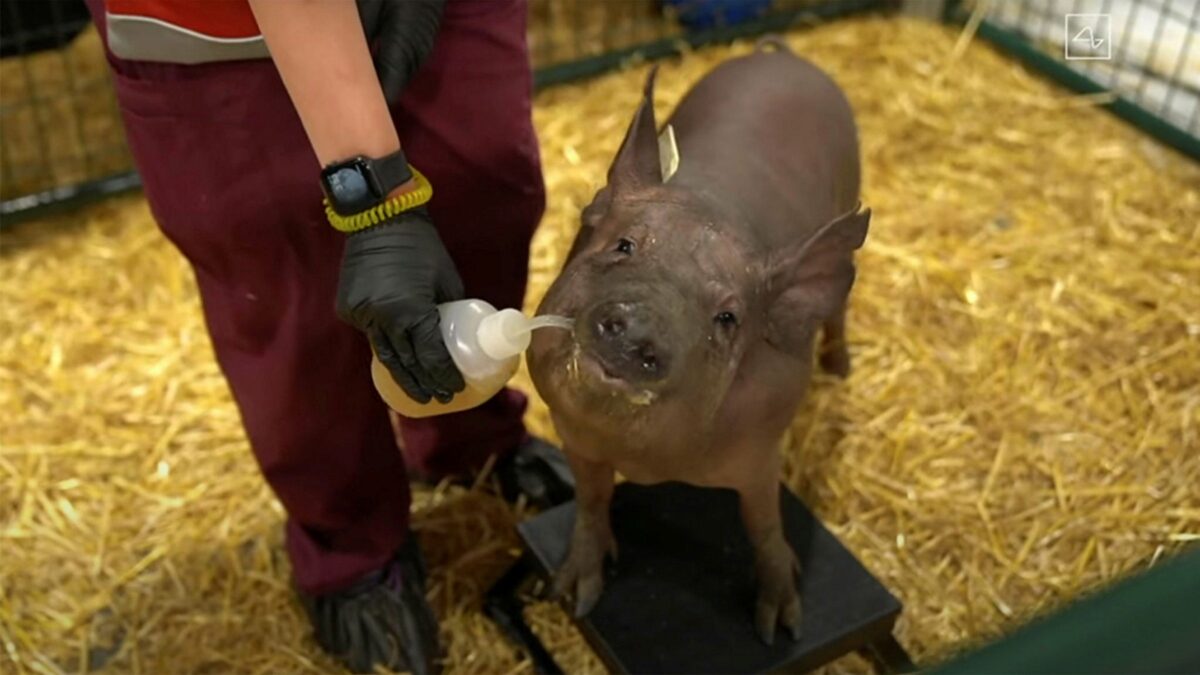
Could the Metaverse Replace Air Travel?
Aviation has long been the symbol of globalization. Business meetings in New York, conferences in Singapore, family holidays in Spain – flying connects us across continents. Yet, aviation is also a major contributor to global CO₂ emissions, accounting for roughly 2.5% of the total (Our World in Data, 2024). With climate concerns rising, the question is: do we truly need to fly as much as we do? Emerging technologies like the Metaverse and immersive VR suggest that, at least for some purposes, maybe we don’t.
Companies are already experimenting. Microsoft Mesh offers mixed-reality meetings where holographic avatars interact naturally (Microsoft, 2025). Accenture even onboarded more than 150,000 new employees through its metaverse-style virtual campus, “The Nth Floor,” replacing the traditional first-day office orientation with an immersive experience (Fortune, 2022). Meanwhile, Apple’s Vision Pro, despite its hefty price tag, promises “spatial computing” that enables real-time collaboration and immersive experiences for businesses – Porsche, for instance, is already using it to visualize racing data paired with live dashboard video (Apple, 2024). In short, the Metaverse is no longer a futuristic vision – it is a developing alternative to physical presence.

What would this mean for airlines? Traditionally, digital innovation in aviation focused on operational improvements – think China Southern Airlines adopting AR glasses to speed up inspections. But the bigger disruption might come not from AR inside the cockpit, but from VR replacing the cockpit altogether. If corporations embrace virtual meetings as the norm, the lucrative business travel segment – which accounts for up to 75% of airline profits on some routes – could shrink dramatically.
Of course, leisure travel is different. No VR headset can replace the taste of fresh pasta in Rome or the sound of waves on a real beach. Yet even here, digital business models may reshape demand. Tourism boards are already testing “digital twins” of cities, offering hybrid packages: a VR experience first, followed by physical travel only if the user wants more. It’s not hard to imagine an airline of the future selling both flights and “virtual tickets” for experiences that never leave your living room (ironically).
Personally, I see this not as a threat but as an opportunity. Airlines could diversify into digital experiences, creating “virtual airlines” that transport people across digital worlds instead of physical skies. This would require rethinking business models, moving from moving bodies to curating experiences – much like how Spotify disrupted music by shifting from ownership to access.So here’s the question I want to leave you with: if you could attend your next international conference in the Metaverse with the same networking and immersive experience, would you still choose to fly?
References
Apple. (2024, April 10). Apple Vision Pro brings a new era of spatial computing to business. Apple Newsroom. https://www.apple.com/newsroom/2024/04/apple-vision-pro-brings-a-new-era-of-spatial-computing-to-business/
Fortune. (2022, May 16). 150,000 Accenture new hires spend their first day in the metaverse. Fortune. https://fortune.com/2022/05/16/accenture-150000-new-hires-spend-first-day-metaverse/
International Energy Agency. (2023). Aviation. IEA. https://www.iea.org/energy-system/transport/aviation
Microsoft. (2025). Microsoft Mesh. Microsoft. https://www.microsoft.com/en-us/microsoft-teams/microsoft-mesh
Our World in Data. (2024). Aviation and climate change. https://ourworldindata.org/global-aviation-emissions












